Why Bill Gates Chose Not to Create a Perpetual Foundation—and What It Means for Philanthropy
In a notable departure from traditional philanthropic models, Bill Gates has committed to distributing the vast majority of his wealth during his lifetime and shortly thereafter—rather than creating a foundation designed to exist in perpetuity. While the Bill & Melinda Gates Foundation remains one of the most powerful philanthropic forces globally, Gates’ intention to “spend down” the foundation’s assets within 20 years of his and Melinda French Gates’ deaths reflects a growing shift in how major philanthropists approach impact, urgency, and legacy.
One of the clearest benefits of a spend-down approach is urgency. By focusing on near-term solutions, Gates ensures that his philanthropic dollars are applied while they can make the greatest difference. In areas such as global health, pandemic preparedness, climate change, and education, the problems are not only immediate—they are accelerating. Fast, strategic disbursement can save more lives, shift policy, and drive innovation at a faster pace than the slow, cautious drawdown of a perpetual foundation.
There’s also effectiveness. With more capital available now, the Gates Foundation can make transformational investments that smaller annual distributions would not allow. These larger-scale investments can fund systems change, support public-private partnerships, or catalyze major scientific advancements.
Lastly, Gates’ approach reflects a philosophical stance on responsibility and stewardship. Rather than entrusting unknown future stewards with his philanthropic legacy, he is placing his bets on people, leaders, and institutions he believes in today. This limits the risks of future mismanagement or mission drift—a common concern with perpetual foundations as time and leadership evolve.
However, the decision is not without consequence. One of the key benefits of perpetual foundations is continuity. Long-term institutions can fund multi-generational change, protect against short-term political shifts, and sustain causes that might fall out of public favor. Once Gates’ wealth is spent down, there is no ongoing institutional mechanism for continued impact at this scale.
Another risk is institutional memory loss. Perpetual foundations can serve as learning institutions, building decades of expertise and trust in the sectors they support. Ending the foundation within a generation could cut short valuable relationships, research programs, and sector-wide influence.
Additionally, there’s a symbolic cost: the loss of philanthropic infrastructure. The Gates Foundation has become a backbone organization for many global initiatives. Its eventual wind-down will leave a gap not easily filled by governments or smaller funders.
Bill Gates’ decision signals a powerful shift toward immediacy and impact in modern philanthropy. It might even force others with large amounts of wealth or even current foundations to consider the same. And the more that do, the more the following is true---while the philanthropic sector must also prepare for the gaps that will follow—planning for both short-term innovation and long-term sustainability.


